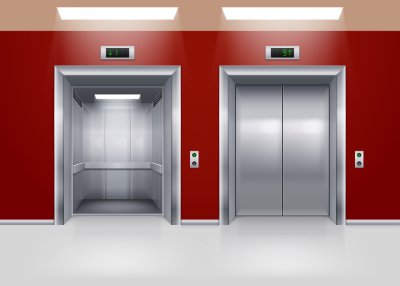Elevators are extremely common fixtures in both commercial and residential properties. When you install a new elevator in Salt Lake City , you can rest assured that your commercial elevator will be safe, efficient, and easy to use. Some property owners may hesitate to install an elevator due to myths about elevator safety. In Hollywood movies, a falling or trapped elevator is a common trope. However, elevators are actually incredibly safe, and are specifically engineered to prevent these problems. To highlight the safety features of new elevators, here is a look at some of the most common elevator myths.

Myth: Trapped Passengers Should Climb to Safety
One common myth about riding an elevator is that passengers will be able to climb to safety if they become trapped. Movies have depicted brave passengers opening an emergency hatch and shimmying up the elevator shaft so that they can fetch help. In fact, it is only possible to exit the elevator through its main doors. This allows safety personnel to safely access the car and passengers in the event of an emergency.
Myth: Exceeding the Maximum Weight Can Cause Brake Failure
A person who is phobic of elevators may be concerned that too much weight will cause the braking and cable system to fail. In reality, an elevator that is too weighted down will remain in place until its load is lightened. Using special safety technology, the elevator is able to sense when it is overloaded and prevent movement until some of the passengers have stepped off board.
Myth: Elevators Can Free Fall Down the Shaft
Perhaps one of the most common myths about elevators is that they could be in danger of free falling down their shafts if a brake failure occurs. Elevators are actually equipped with advanced suspension systems that are able to completely prevent the car from falling. In order to ensure the safety of an elevator car, it is important to have these cables inspected on a regular basis.
